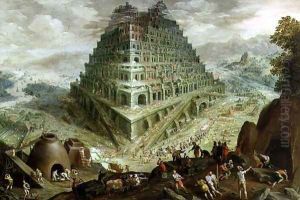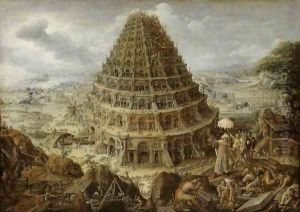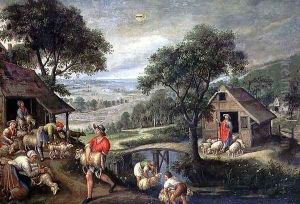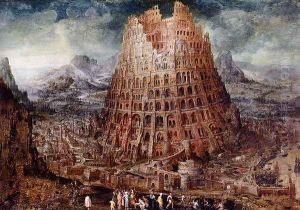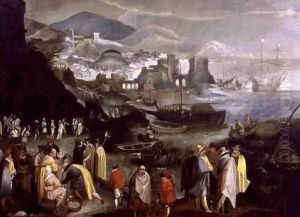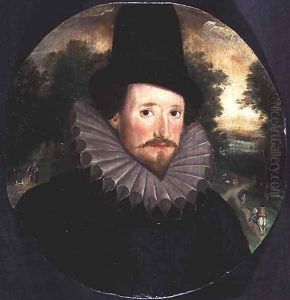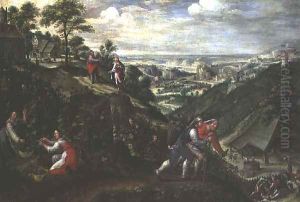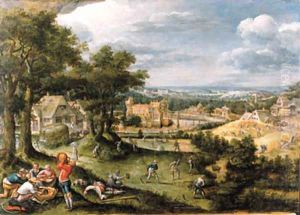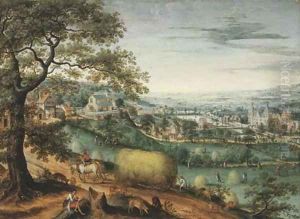Marten Van Valckenborch I Paintings
Maerten (or Marten) van Valckenborch I was a Flemish Renaissance painter mainly known for his landscape paintings, often infused with mythological or biblical themes. Born in 1535 in Leuven, located in present-day Belgium, he came from an artistic family; both his brother Lucas and his sons Frederik and Gillis would also become painters. The Valckenborch family is considered part of the Northern Mannerist movement, which was characterized by a highly decorative style, complex compositions, and an interest in landscape.
In 1566, due to the increasing religious and political turmoil in the Southern Netherlands under Spanish rule, Valckenborch, like many artists of his time, decided to move to avoid persecution for their religious beliefs. He relocated to Aachen and later to Frankfurt am Main, where he became a citizen in 1580. Throughout his career, Valckenborch continued to work and maintain connections with the art markets in the Netherlands, despite his relocation.
Valckenborch's works often depicted the Tower of Babel, a subject he revisited multiple times, showcasing his fascination with the theme of human ambition and divine punishment. He also painted many landscapes that, while fantastical, included meticulous details of plants, animals, and people, reflecting his keen observation of the world. His style was influential in the development of landscape painting in the late 16th century, bridging the gap between the panoramic world landscapes of Joachim Patinir and Pieter Bruegel the Elder and the more idealized visions of later Mannerist artists.
He died in 1612 in Frankfurt am Main, leaving behind a body of work that was continued by his children and that contributed to the development of landscape painting in Europe. Valckenborch's paintings can now be found in various art collections and museums around the world.
